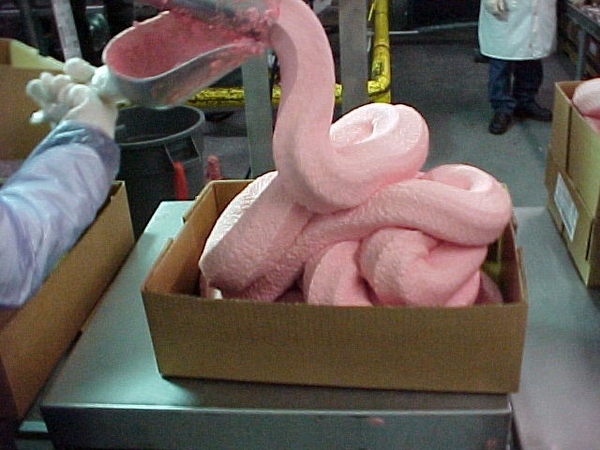I also wanted to share some key points of what I’ve learned from my Social Media and Research Techniques course. I found a great document online outlining 10 Social Media Tips from Kodak’s Chief Blogger and I think it perfectly sums up our course, so I’ve posted them below.
1. Know what you are talking about.
If you are going to work with social media, be involved in social media. Start your own Twitter account, Facebook page, read blogs and get engaged. That is the best way to understand the culture, tone, best practices, and protocol.
2. Always be transparent.
When you are communicating in social media say who you are and who you work for. Don’t try to be sneaky and plant comments, don’t hire people to go out and say nice things about you and stay away from ghost writing. Be genuine and be real.
3. Be yourself.
Readers can see through marketing talk. Be passionate about what you do and let that show through your personality. Let people see you as a person, not a mouthpiece.
4. Post frequently.
It’s a lot of work but don’t post to your blog then leave it for two weeks. Readers won’t have a reason to follow you on Twitter or check your blog if they can’t expect new content regularly.
5. Add value.
Share tips, tricks, and insights. People’s time is precious and they need to get something out of the time they spend with you. Make listening to you worth their time.
6. Respond.
Answer questions, thank people even if it’s just a few words. Make it a two way conversation.
7. Listen to what others have to say.
Appreciate suggestions and feedback, it will make what you do even better.
8. Learn from your mistakes.
Don’t be afraid to say you were wrong and be quick to make changes when you are.
9. Be external.
You don’t have to be 100% internally focused. Link to other blogs, videos, and news articles. Re-tweet what others have to say.
10. Have fun.
If you don’t like what you are doing, others will notice it and won’t enjoy interacting with you.
The full document is available here:




